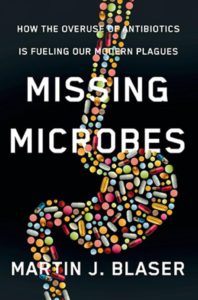The New York Times, April 17, 2014
In the debate over genetically modified crops, one oft-said word is “unnatural.” People typically use it when describing how scientists move genes from one species into another.
But nature turns out to be its own genetic engineer. Genes have moved from one species of plant to another for millions of years.
Scientists describe a spectacular case this week in The Proceedings of the National Academy of Sciences in which ferns acquired a gene for sensing light from a moss-like plant called hornwort. Gaining the gene appears to have enabled the ferns to thrive in shady forests.

